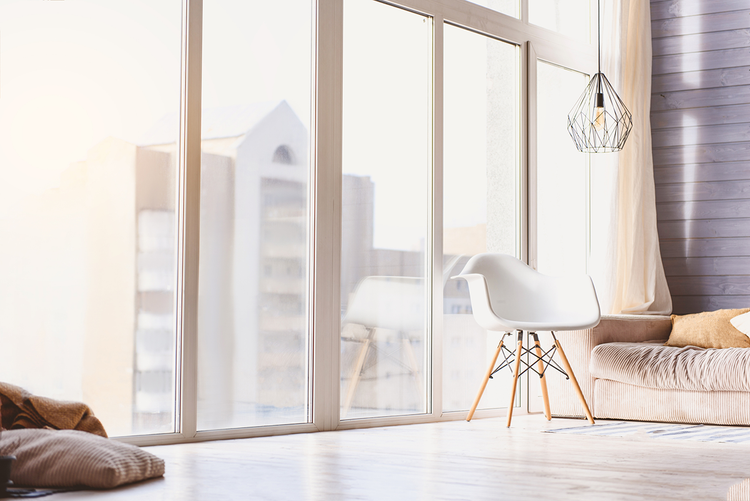Why You Should Consider Trying the Swedish Death Clean

Embrace minimalism with this Swedish practice of cleaning house.
Marie Kondo’s decluttering method was an absolute hit in the United States when it was introduced a few years ago in the first of her books, “The Life-Changing Magic of Tidying Up.” But despite Kondo’s instructions for keeping what sparks joy and getting rid of things that don’t, Americans are still pack rats.
The United States alone has more than 2 billion square feet of self-storage space, with almost nine percent of U.S. households renting a self-storage unit.
Stockholm resident Margareta Magnusson is taking a different approach to Kondo’s method, with her new book, “The Gentle Art of Swedish Death Cleaning,” now available in the United States.
What is “death cleaning”?
Dostadning, or “death cleaning,” is not a new concept—it is a popular cultural practice in Sweden. Dostadning is the process of embracing minimalism and getting rid of unnecessary belongings in the event that you die, so that others do not have to do it for you.
“One day when you’re not around anymore, your family will have to take care of all that stuff,” says Magnusson in a video interview she did with her daughter. “And I don’t think that’s fair, really.”
And while Magnusson encourages those who are older in years to prioritize death cleaning, there is no age limit to who can start. And it’s not a one-time thing, either. Magnusson does it regularly to keep things clean and orderly in her living space.
“Don’t collect things that you don’t want. Someone has to take care of it someday,” she continues.
How do I start death cleaning?
Magnusson’s book has quite a few tips on how to death clean and where to begin. Here are a few ideas to get you started:
- Get rid of unworn clothes, unwanted gifts and any items you have too much of (plates, silverware, etc.). You can re-gift or donate these items.
- Don’t start with photos—you may get lost in the memories.
- Do make a “throw-away” box that is just for you to store things like letters, photos and your children’s art projects—things that others don’t need to go through and can choose to just throw away when you’re gone.
How The Minimalists’ Joshua Fields Millburn lives better with less.
Photo credit: YakobchukOlena, Thinkstock